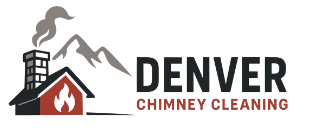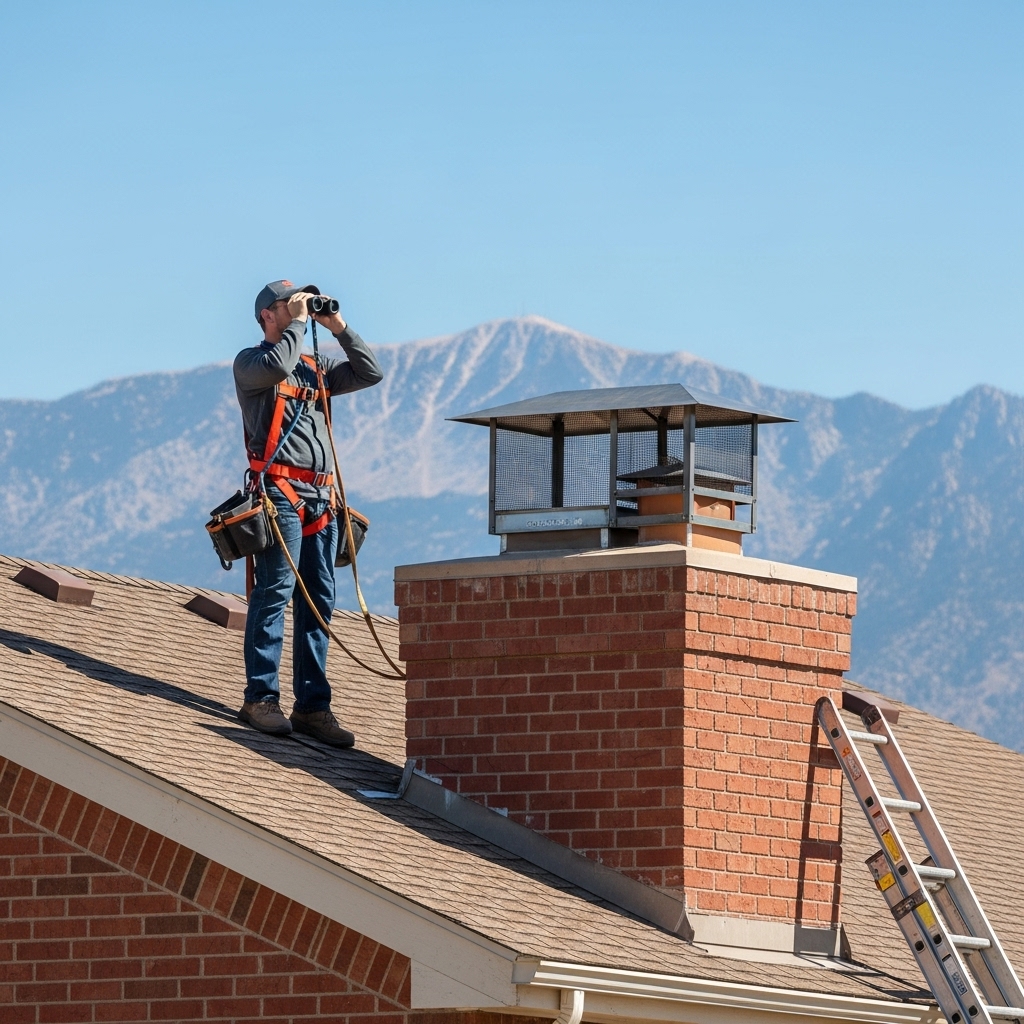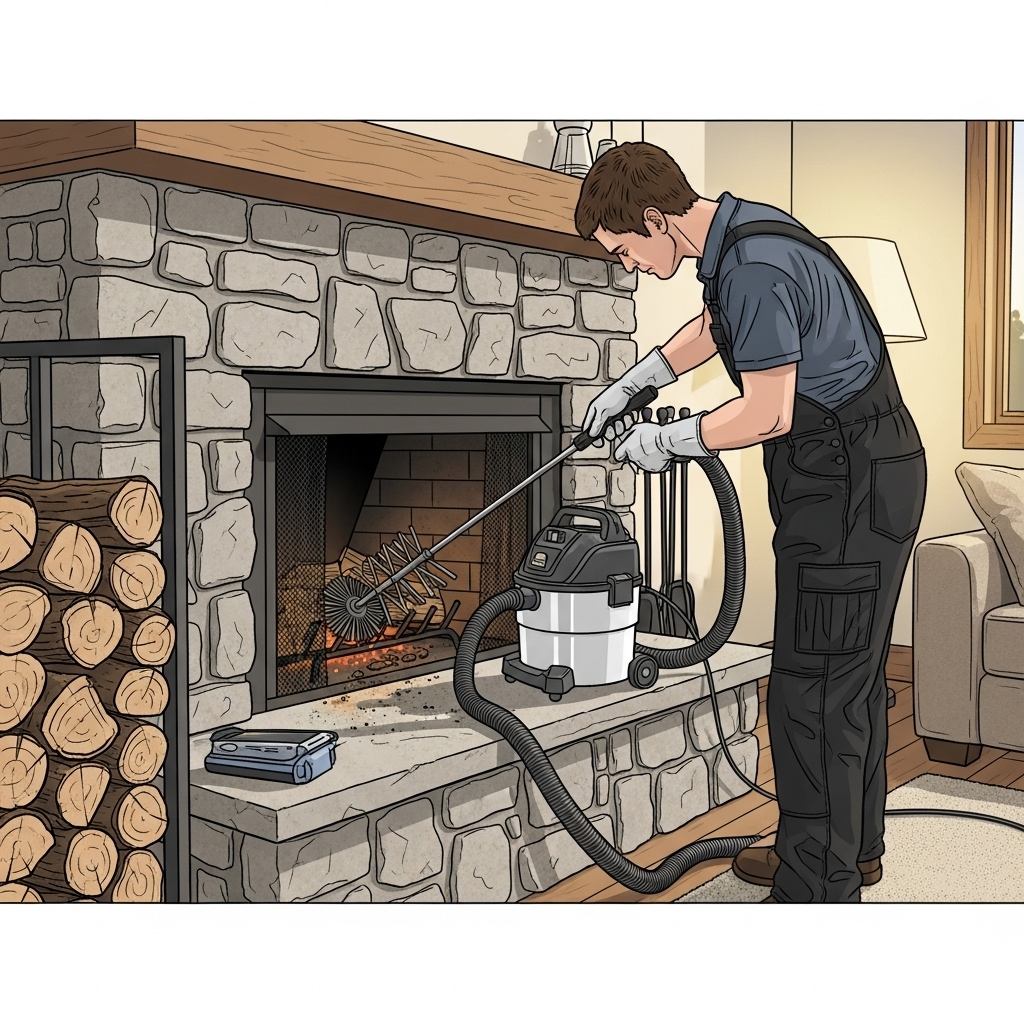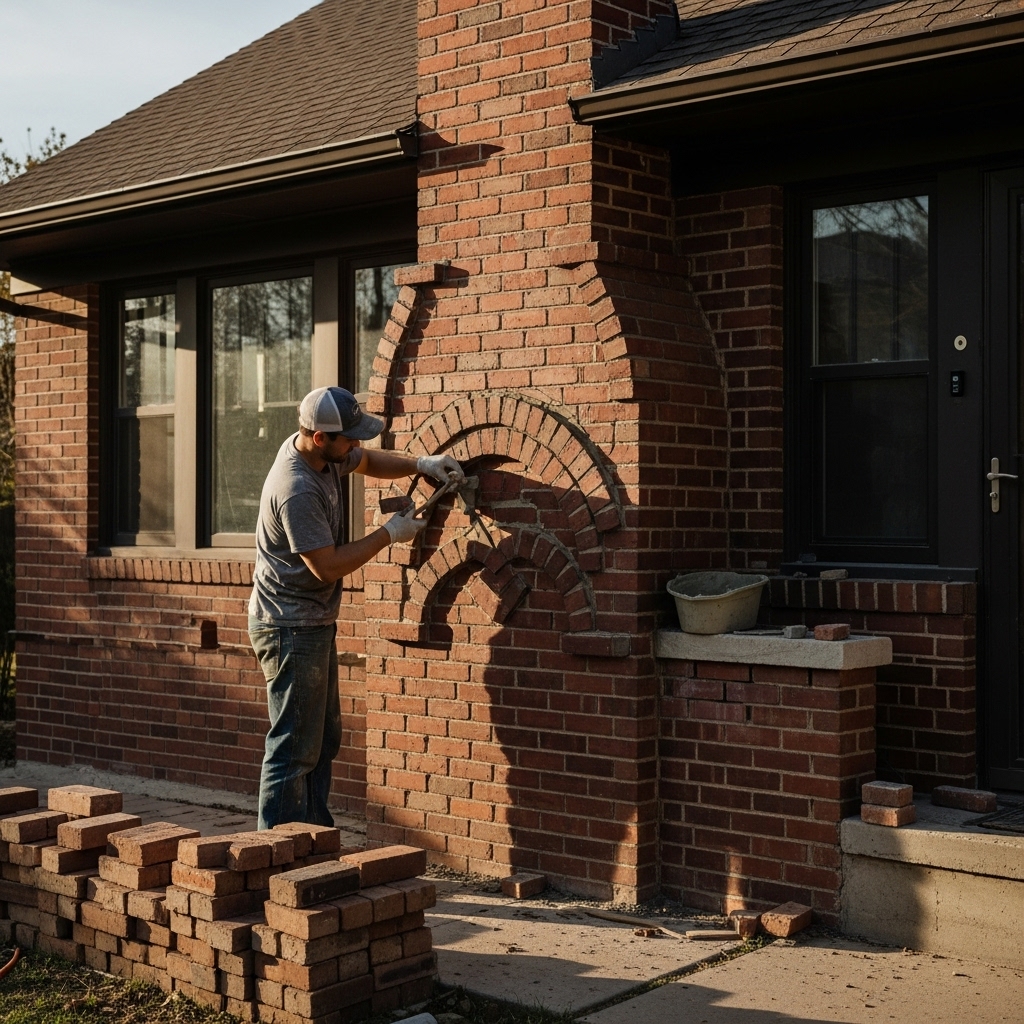Your Guide to the Best Chimney Care in Colorado Springs
Colorado Springs pairs bluebird skies with sudden weather shifts, a combination that makes fireplaces and stoves a treasured part of local homes. Finding the best service for your system doesn’t have to be complicated when you focus on what matters most: safety, communication, documentation, and local expertise. Early in your search, ground yourself in the goal of regular, professional chimney cleaning—the simplest way to keep your hearth ready for mountain nights and morning chill.
From the historic districts near downtown to newer neighborhoods stretching toward the foothills, homes in the Pikes Peak region feature a wide mix of masonry fireplaces, factory-built systems, wood stoves, pellet stoves, and gas inserts. The best providers understand these variations and tailor their approach accordingly, ensuring each system drafts properly and stays free of obstructions.
Why Local Conditions Matter in the Pikes Peak Region
Colorado Springs sits at a high elevation, and that affects draft and combustion. Afternoon winds can nudge debris into caps and screens, while nighttime cold can slow airflow until the flue warms. Occasional snowfalls, hail, and intense sun all interact with exterior components—crowns, caps, and flashing—often faster than in milder climates. Regional wildfire smoke can also deposit fine particles on exterior metal and masonry.
These factors make routine evaluation especially valuable. A provider attuned to local patterns can recommend the right cap designs, seasonal scheduling strategies, and small improvements that keep your system performing smoothly.
What Sets the Best Services Apart
Three qualities distinguish top teams: protection of your home, clear communication, and useful documentation. You should see drop cloths and containment to keep soot contained, high-filtration vacuums to protect indoor air, and an organized tool layout. Technicians explain their plan, review safety considerations, and answer questions in plain language. Afterward, you receive photos and written notes that help you plan next steps and support real estate or insurance needs.
Local experience is equally important. A technician who routinely works on houses in Old North End or Broadmoor will have a feel for the roof pitches, chimney heights, and typical system types found there, making visits smoother and more predictable.
Understanding Your System Type
Open masonry fireplaces, factory-built units, and various stoves each have unique maintenance needs. Masonry may show crown wear, mortar joint recession, or clay-tile liner gaps over time. Factory-built systems depend on intact, listed metal components and correct clearances. Wood and pellet stoves accumulate residue in connector pipes and elbows. Gas appliances create lighter residues but still require clear venting and clean internals.
If you’re not sure what you have, the first appointment will clarify it. Knowing the type drives better questions and helps you prioritize the most impactful improvements.
Preparing for a Smooth Appointment
Plan to pause hearth use for at least 24 hours so ash is cool. Clear a path from the entry to the fireplace or appliance, secure pets, and move delicate décor from the mantel. If rooftop access is needed, share details about roof pitch and parking. These small actions speed up setup, keep your home clean, and allow the technician to focus on thorough work.
Write down recent observations—odors on humid days, start-up smoke, or draft inconsistencies. Specifics help the technician investigate efficiently and tailor recommendations.
What Happens During a Professional Visit
Expect a structured process: initial walkthrough and setup, exterior and interior inspection, careful sweeping with tools matched to your flue type, and a review of findings with photos. For wood stoves, the connector pipe may be disassembled to remove flaky soot. For gas systems, terminals and accessible vents are cleaned of film and lint. The technician will explain any issues, from cap damage to smoke chamber roughness, and prioritize next steps.
Documentation is part of the value. Keep the report so you can track trends, plan improvements, and support future real estate disclosures. Over time, your record becomes a helpful roadmap for maintenance.
How to Evaluate Providers in Colorado Springs
Ask about containment, filtration, and roof safety protocols. Request a description of what’s included in a standard visit and how findings are documented. If you have a tall chimney or a steep roof, ask how the team approaches access in winter conditions. Look for clear, patient communication and concrete examples of similar homes they’ve serviced in your area.
When reviewing feedback, focus on reviews that describe the process: protection of floors and furnishings, clarity of explanations, and follow-up that led to improved performance. Substance matters more than star counts alone.
Special Considerations for Local Neighborhoods
Historic homes near downtown often feature masonry systems that benefit from smoke chamber improvements, crown sealing, and attentive care for clay-tile liners. In newer developments toward the north and east, factory-built units predominate and require intact listed components and correct clearances. In the foothills, wind exposure may make robust cap designs and wildlife screens a priority. The best services adapt to these neighborhood patterns without guesswork.
If your home sits beneath tall pines, needles can accumulate around caps and terminals. Regular checks after wind events or autumn storms help keep airflow unobstructed. Local insight transforms these observations into practical maintenance steps.
Seasonal Timing and Strategy
Scheduling ahead is the simplest way to ensure readiness when temperatures drop. Late spring and summer appointments avoid the autumn rush and create a window for any exterior improvements in warm, dry weather. If you burn daily for heat, consider a mid-season check to confirm draft is strong and residue is under control.
Pair chimney care with other household rhythms: gutter cleaning, roof inspections, or HVAC maintenance. Coordinating tasks keeps your calendar simple and your home prepared for winter.
Why Draft and Fuel Choices Matter
Clean, warm flue walls help smoke rise and byproducts move out efficiently. Damp wood burned cool often creates more residue; seasoned hardwood burned steadily promotes a stable draft. In tight houses, cracking a nearby window slightly when starting a fire can help until the flue warms. For gas appliances, ensure terminations remain clear and components clean to maintain proper combustion.
If your burn habits or appliance type change, your maintenance rhythm may shift. Share these changes with your technician so your plan stays aligned with real-world use.
Midway Reminder: Focus on Results
Halfway through your search, keep the end goal in mind: reliable performance, clean indoor air, and ease of use. Consistent, professional chimney cleaning helps you achieve all three, making Colorado Springs winters more comfortable and stress-free.
Frequently Asked Questions
Q: How often should I schedule an evaluation in Colorado Springs?
A: A yearly evaluation is a strong baseline, adjusted for your burn frequency, appliance type, and any performance changes you notice during the season.
Q: What are common issues discovered during visits?
A: Creosote accumulation, cap or screen damage from wind or hail, crown wear, smoke chamber roughness, and moisture traces are typical findings. For stoves, connector pipes often show flaky soot buildup.
Q: Do gas fireplaces need attention too?
A: Yes. Gas systems produce lighter residues but still require clear venting and clean components. Termination caps and accessible sections should be evaluated periodically.
Q: How can I prepare my home?
A: Pause use for at least 24 hours, clear pathways, secure pets, and move fragile items from the mantel. Share any recent observations such as odors, draft issues, or visible residue.
Q: Can winter weather delay rooftop work?
A: Safety comes first. If conditions are icy or winds are high, exterior portions may be rescheduled while interior tasks proceed as possible. Good communication keeps everything on track.
Take the Next Step with Confidence
The best service is the one that protects your home, communicates clearly, and leaves you with a reliable plan for the seasons ahead. With a thoughtful approach, your fireplace or stove becomes a dependable source of comfort all winter long. When you are ready to move forward, schedule professional chimney cleaning and welcome the next cold snap with confidence.




